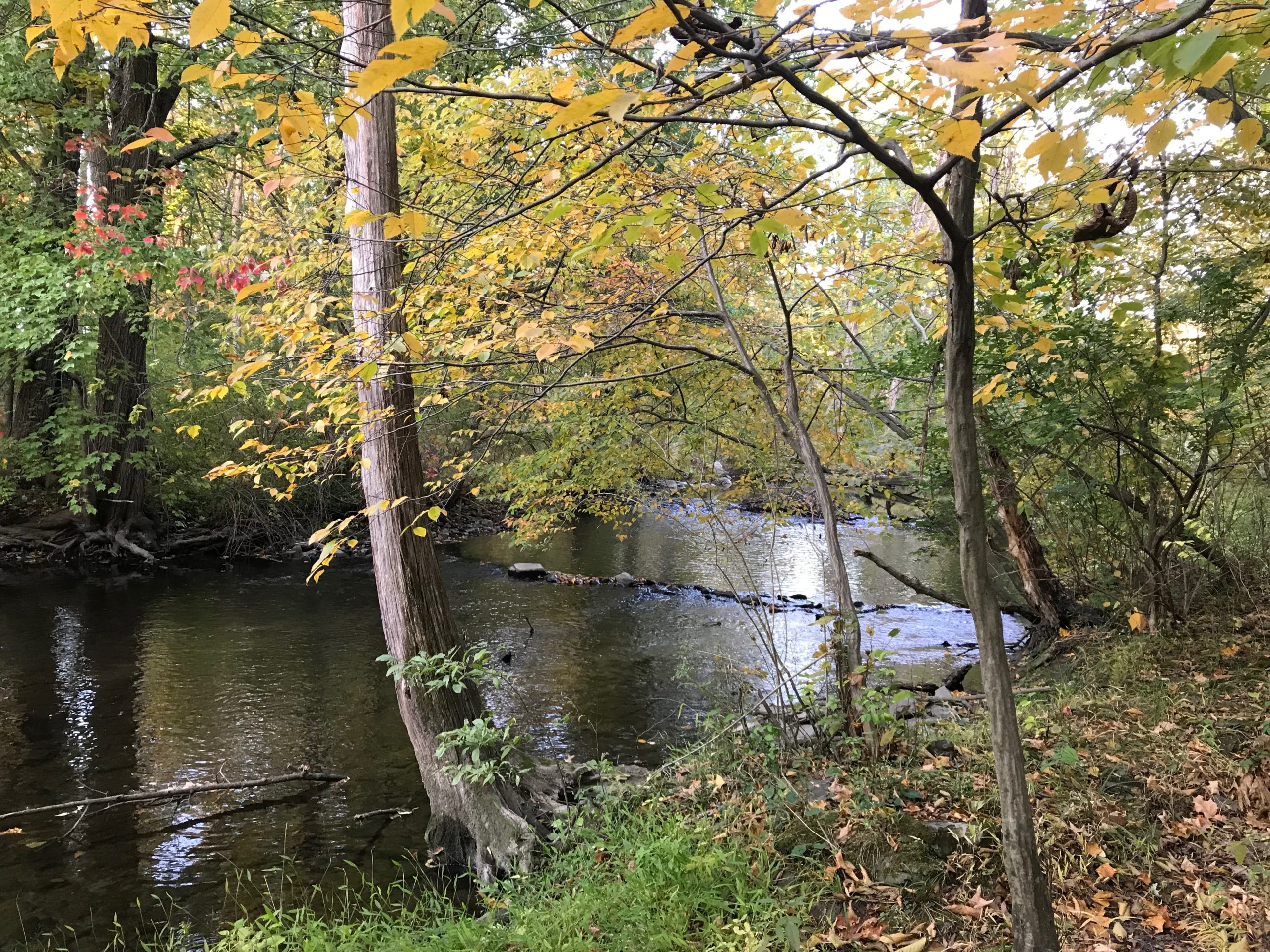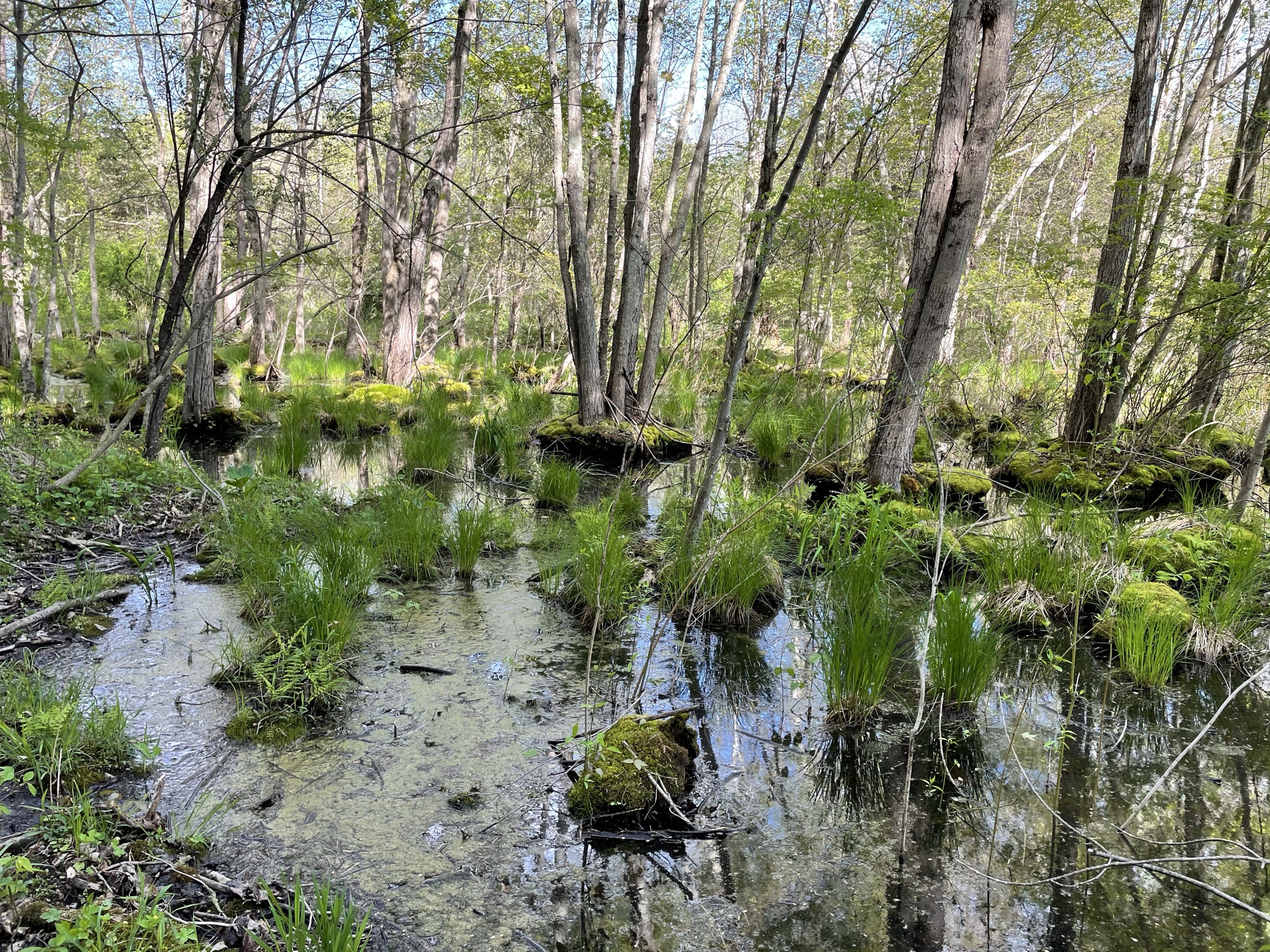LAND FOR CLEAN WATER
More than half our drinking water originates in forests
Winnakee protects forests that provide life-sustaining clean water
There are few resources, if any, more vital to life than water. Whether it be drinking water, or water in our homes for bathing and cleaning dishes, not one day goes by that we don’t need and use water. The average American uses an estimated 80-100 gallons of water per day. More than half of U.S. drinking water originates in forests, where a single large tree can capture and filter up to 36,500 gallons of water per year. For many of us, having access to clean drinking water and running water in our homes is a necessity that we often take for granted.
Animals need clean water, too, and for many species, such as different species of frogs which have highly permeable skin, water pollution can mean extinction. The loss of access to clean water, and the pollution of water sources, is partially due to deforestation.
Our forests play a vital role in capturing, filtering, and supplying cool, clean water throughout the year. Trees serve as natural sponges, collecting and filtering rainfall and releasing it slowly into streams and rivers, and are the most effective land cover for maintenance of water quality. The ability of forests to aid in the filtration of water doesn’t only provide benefits to our health and the health of an ecosystem, but also to our pocketbooks. Forest cover has been directly linked to drinking water treatment costs, so the more forest in a source water watershed, the lower the cost to treat that water.
Winnakee protects our regional water sources by:

Saw Kill: Winnakee has protected 335 forested acres along the Saw Kill, a water course that is a source of drinking water supply for Bard College and helps safeguard water quality for the Tivoli Bays Wildlife Management Area, which the Saw Kill flows into. This acquistion was enabled with funds from the CWIA/EPF Water Quality Improvement Project Grant administered by the New York State Department of Environmental Conservation (NYSDEC).
WE KEEP WATER FLOWING BY CONSERVING AND RESTORING NATURAL WATERSHEDS
Intact forests are essential for watershed function. Fragmentation through the sale and development of forest lands degrades that function. We prioritize our work in threatened watersheds to ensure water will keep flowing down to the people and wildlife that depend on it. Working with landowners, we design and help implement conservation plans that specifically protect and restore land near waterways to improve water quality. This includes keeping forests intact, safeguarded from development, and by maintaining and restoring natural watershed function.

Dutchess Gables: Vernal pools at Dutchess Gables benefit from buffer areas of uphill trees and tree canopies that reduce sediment in the water and benefit the rich aquatic life they support.
WE KEEP FOREST WATERWAYS CLEAN AND HEALTHY
On those lands that have been donated to Winnakee Legacy Forest, we reduce sediment in waterways by maintaining buffer areas near rivers, streams, lakes, and ponds as well as by planting and retaining trees uphill from water bodies to reduce erosion. We restore and maintain canopy cover over streams to shade and cool water to benefit aquatic life and retain large trees near river and stream banks. When they die, these large trees fall into streams and rivers creating eddies and pools to hold water for fish and other water-living creatures.

Vlei Marsh: The forests around Vlei Marsh are a prime example of 2nd growth forests after the abandonment of agriculture, which Winnakee will be stewarding to become a healthier regenerative forest to support this second largest wetland in Rhinebeck.
WE HELP FORESTS COLLECT MORE WATER
One of our primary conservation goals is to protect and restore more biologically complex forests. The majority of forests in the Hudson Valley are 2nd and even 3rd growth forests that arose after agricultural fields were abandoned. These forests consist of trees of largely the same age and few young trees due to overpopulation of deer. The most ideal forest for water quality, is one that regenerates naturally with a mix of short and tall, young and old trees that, together, better trap cloud and fog moisture, as well as increased amounts of snow. Winnakee’s sustainability model on donated forest lands restores and sustains these naturally efficient systems for collecting precipitation, shading water sources, metering out water into warmer and drier months, and slowing runoff in intense rain events.
Caring for Land, Connecting Community
Conserved, well-managed land is essential to pure drinking water and provides protection from flooding.
You can help Winnakee steward our protected lands and these benefits they provide.
